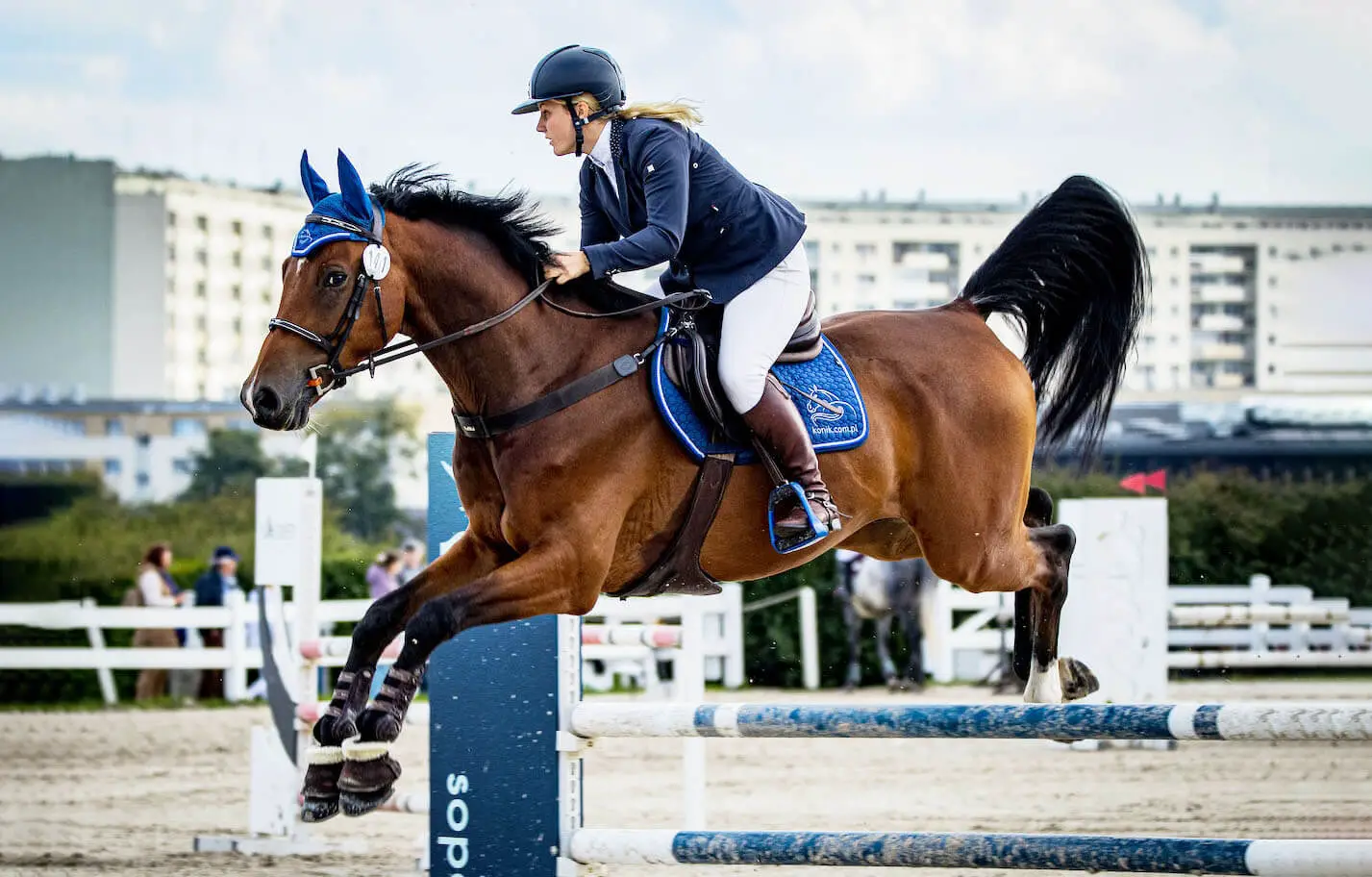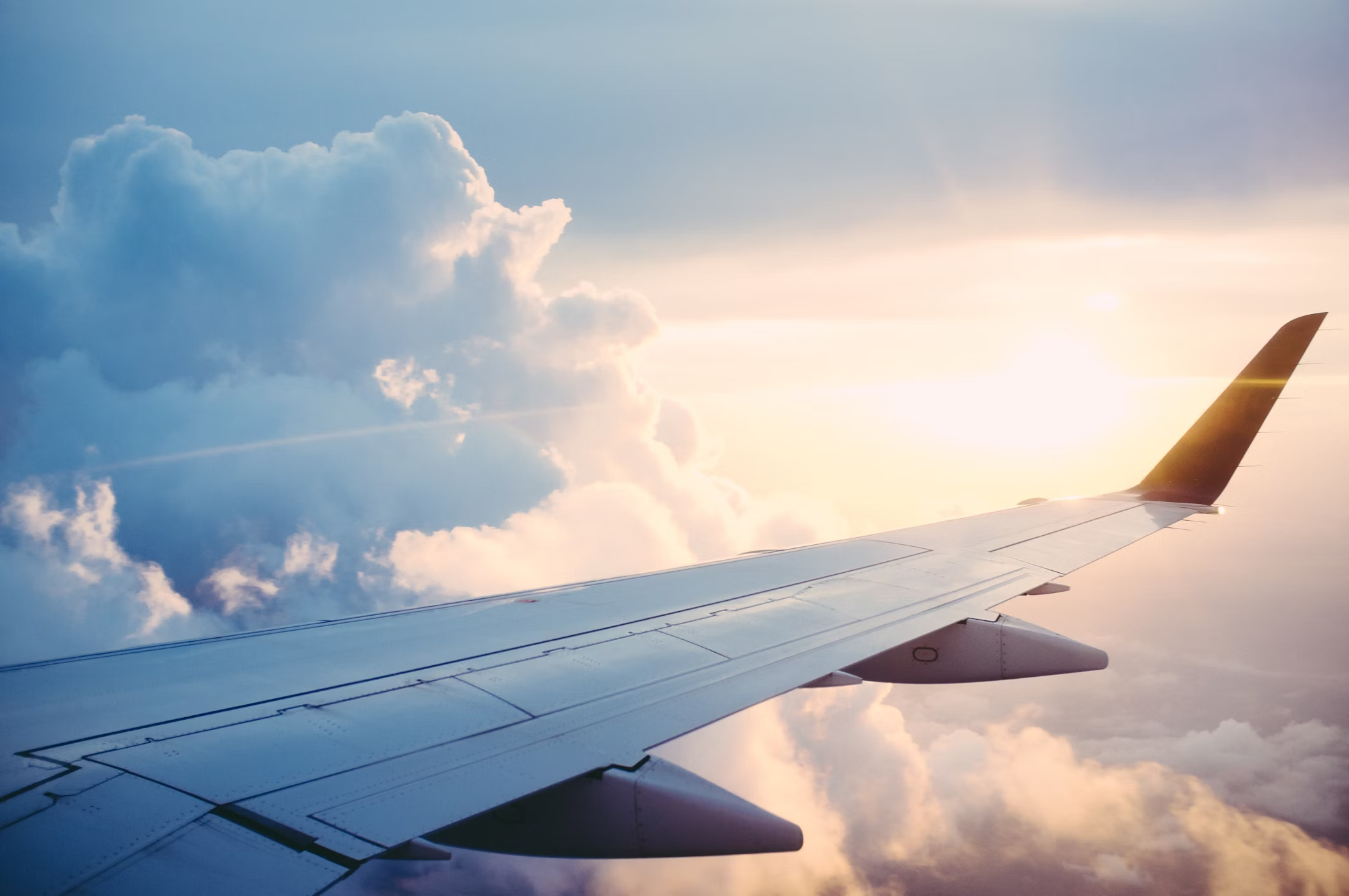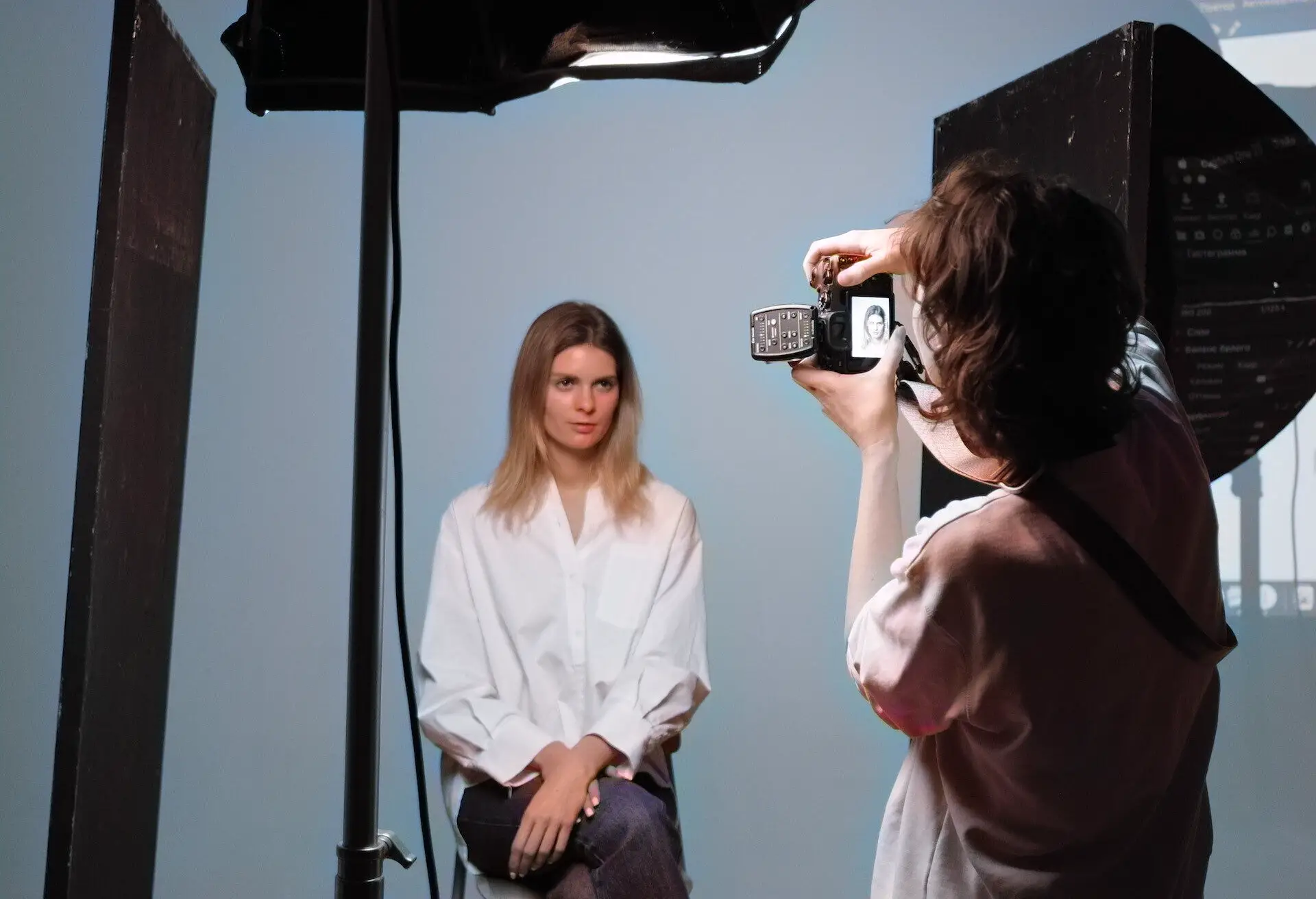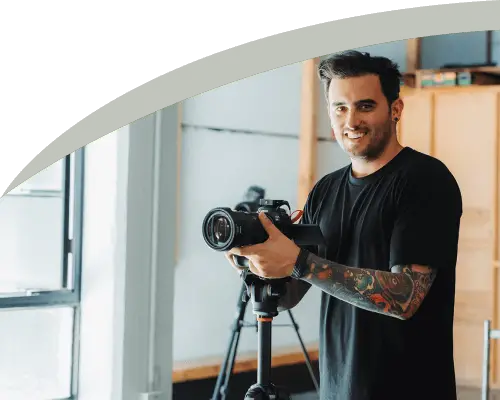A fast-moving car, a dog suspended in the air chasing a ball, or the splashing of water droplets when something falls on its surface—photographs of all these imperceptible to the human eye moments excite the viewers. They love to see and appreciate these highly energetic and dynamic images of action-freezing moments.
Whether you’re an aspiring photographer looking to explore the techniques of shooting a fast-paced object or an experienced photographer seeking to sharpen your photography skills, this article will surely help you.
This article is designed with in-depth information about action photography, its different categories, tips on camera settings and compositional ideas, and various effective techniques that take action shots to the next level.
So, without further ado, let’s dive in!
Table of Content
What is Action Photography?
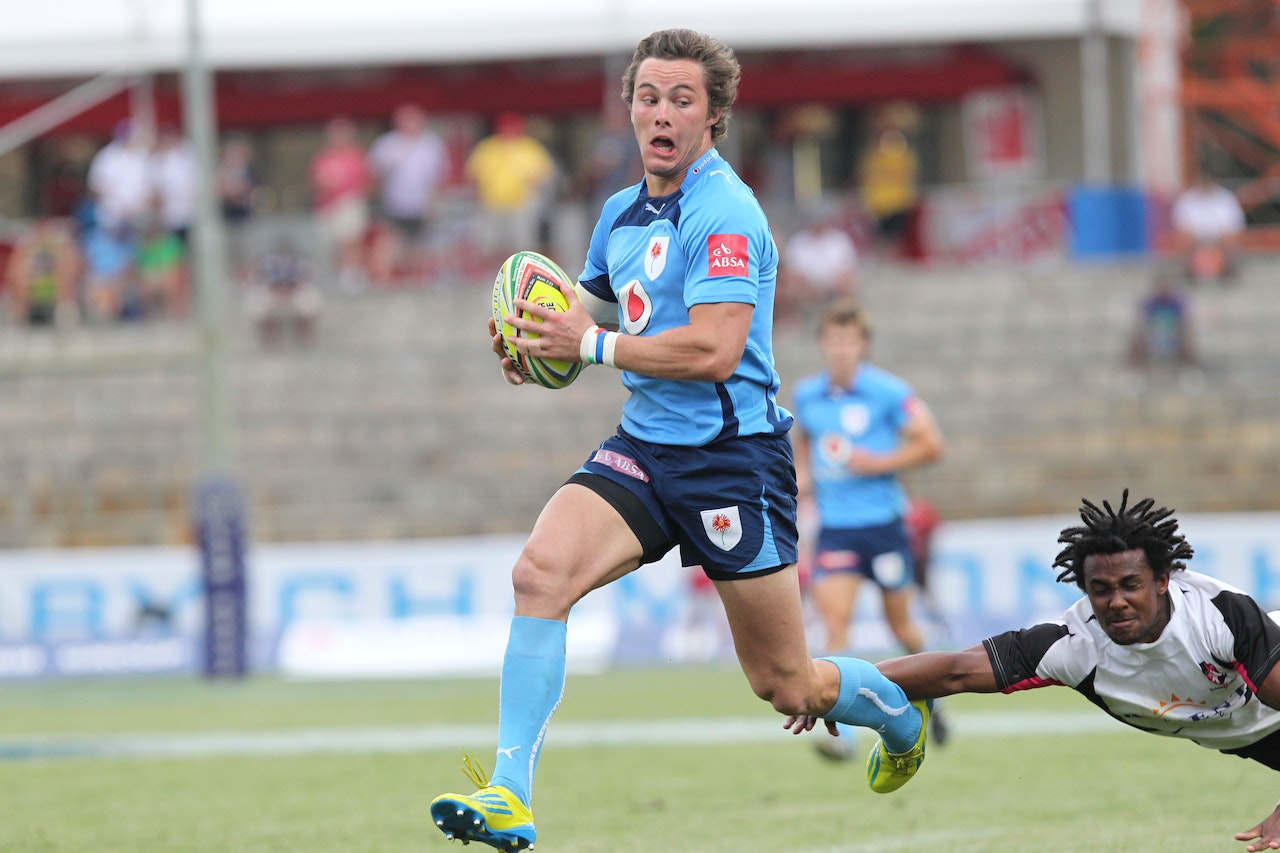
Action photography refers to the art of capturing dynamic and fast-paced moments within fractions of a second. Athletes running, performing stunts, or birds flying are all examples of action photos.
Its goal is to freeze the motion, create the illusion of time stopping, preserve the essence of the action, and convey a sense of the energy and intensity of an action moment. That’s why it is also known as stop-action photography.
The roots of this fascinating yet challenging photography technique can be traced back to the late 19th century. Eadweard Muybridge is said to be the pioneer of stop-action photography. Among his many achievements is the development of a fast shutter that made capturing moving subjects possible.
His famous series of photographs titled “Occident in Motion,” taken in 1877, is proof of his invention of action photography. The series shows the horse named ‘Occident’ suspended in the air with no feet touching the ground. Later, throughout the 20th century, the popularity of action photography increased with the rise of sports photography.
Types of Action Photography
Action is everywhere; from the earth rotating around the sun to the person walking past you, everything is in motion. Although action moments can be anything in motion, action photography can be classified into a few popular categories.
Let’s check out some of the popular types of action photography.
Sports Photography
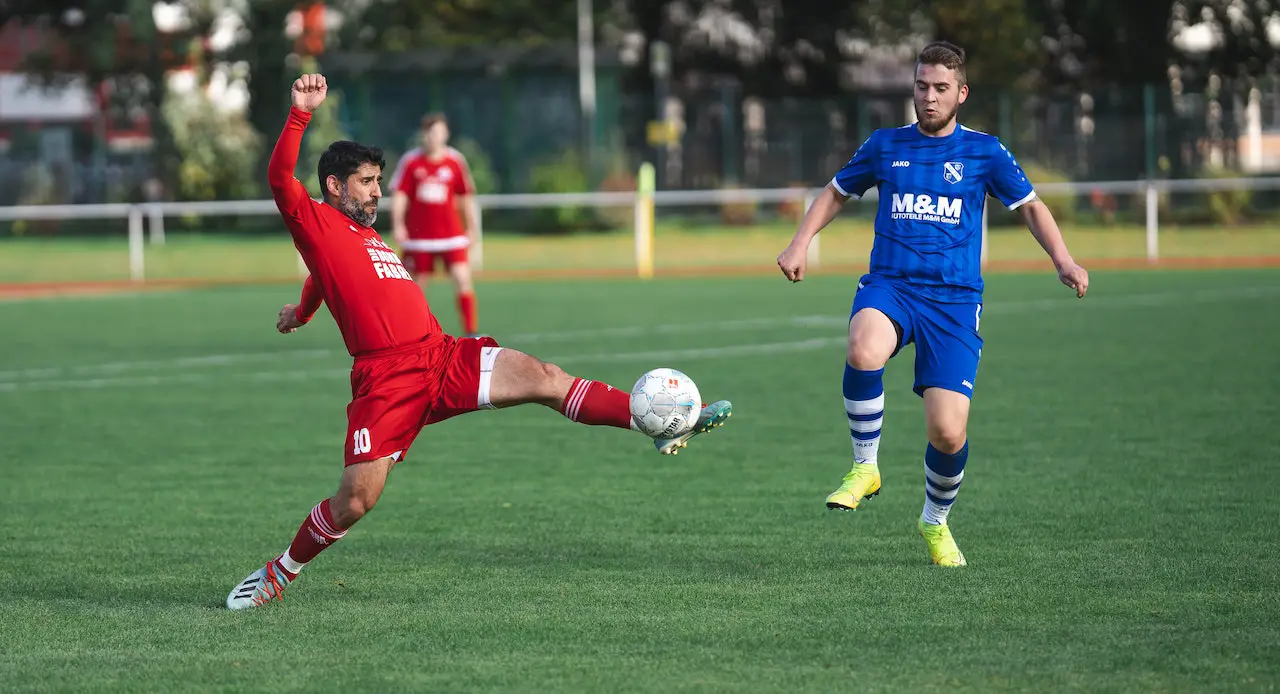
Sports photography is a challenging genre of action photography. Athletes run on the track, compete in motor races and horse races, run, sprint, and jump in football games, and do a lot of other activities. Photographing all of these activities falls under the category of action photography.
The following are the popular categories of sports photography.
– Indoor Sports
Photographing sporting moments that take place indoors, such as basketball, badminton, tennis, bowling, gymnastics, martial arts, etc., is a popular form of action photography.
– Outdoor Sports
Outdoor sporting events such as motor races, horse races, snowboarding, football, cricket, etc., are popular subjects for shooting action photos. Especially car or horse photography from racing events provides a thrilling experience for the viewers.
– Water Sports
You can use a variety of water sports, including swimming, surfing, scuba diving, jet skiing, parasailing, etc., as your subject for action photos.
Wildlife Photography
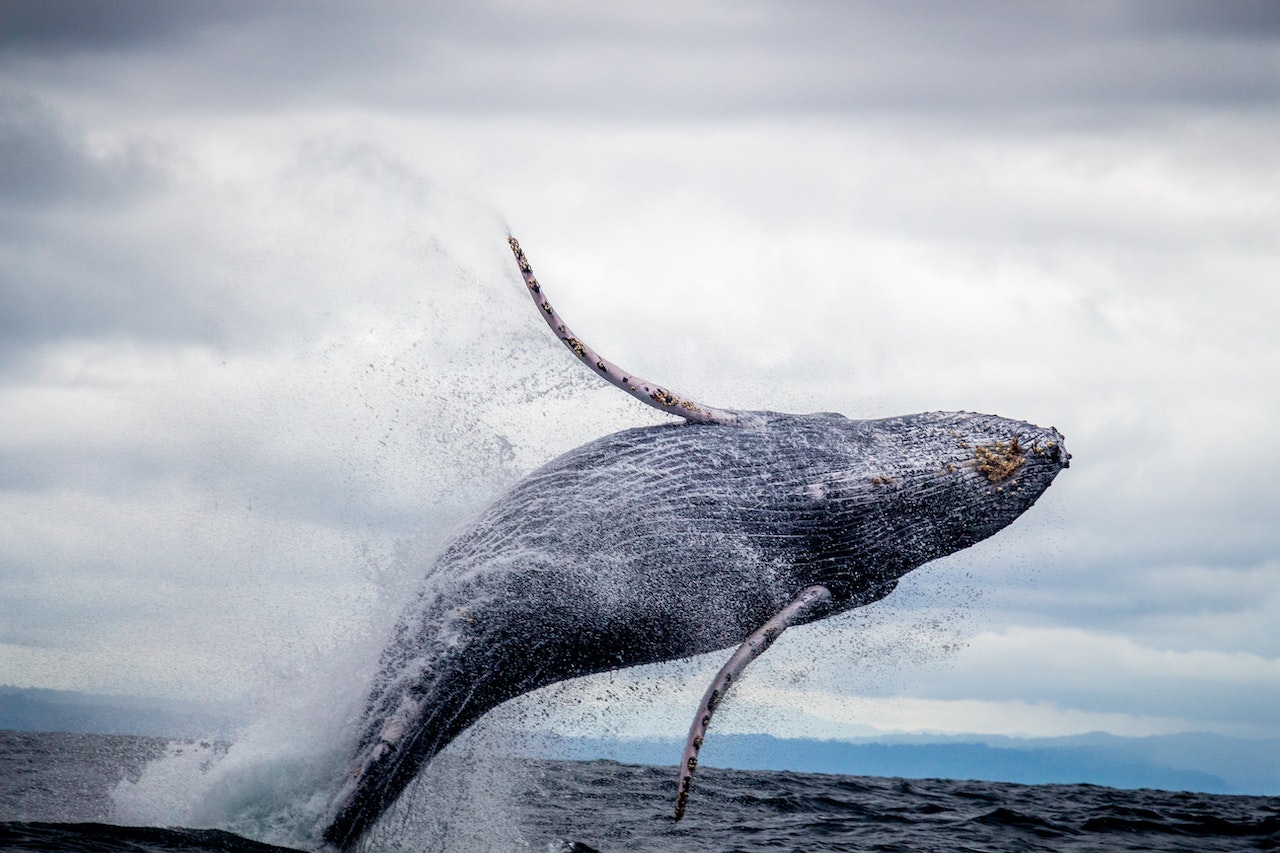
Wildlife photography is another category of action photography that captures the natural behavior of wild animals. The action moments could be chasing the prey, natural movements, playful activities, and much more.
If you want to photograph wild animals as your action subjects, you can consider the following types of photography.
– Land Animals
The natural, fast-paced, unexpected activities of the land animals living in the forest, grassland, desert, etc., add dynamic and excitement to the photographs. You can photograph these raw moments and create excellent compositions.
– Birds
Birds are one of the most popular subjects for action photography. Birds in flight, taking off or landing, catching their prey, or performing playful activities are challenging yet fascinating moments to capture.
– Marine Animals
Marine animals such as fish, sharks, whales, dolphins, jellyfish, etc., are excellent compositional subjects for action photoshoots. If you are passionate about exploring the underwater world, you can try shooting marine animals.
Adventure Photography
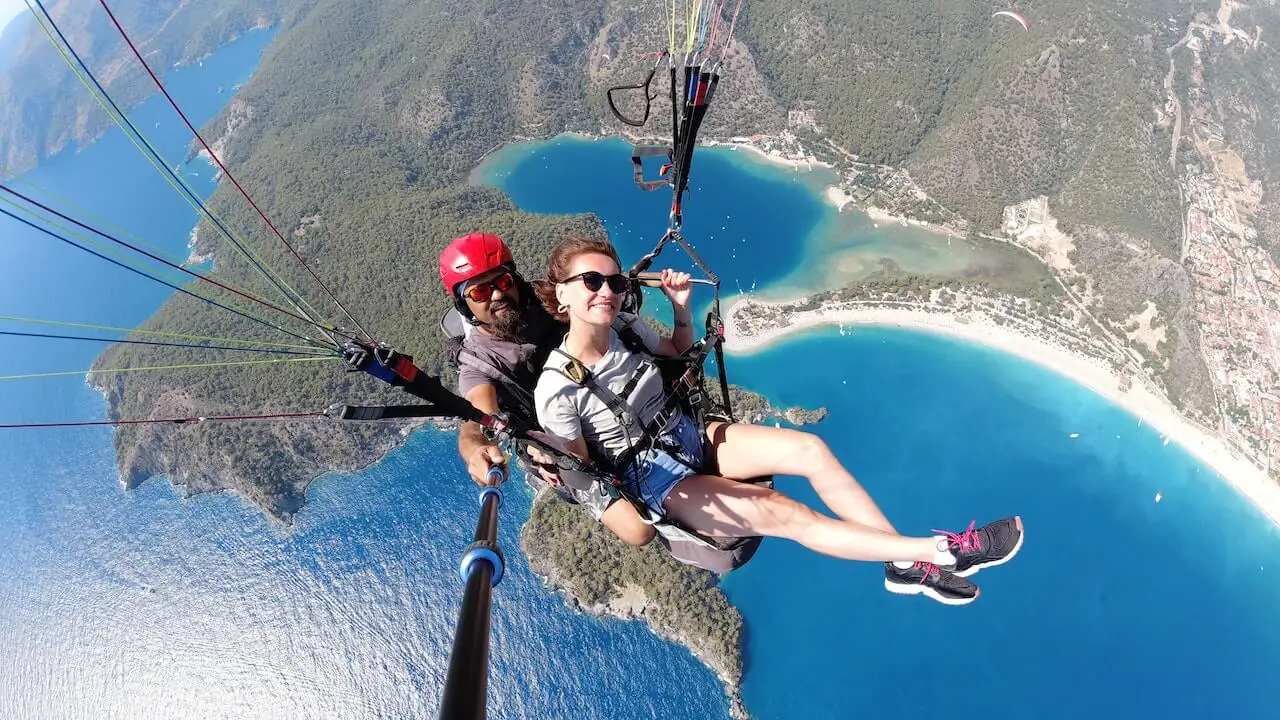
Adventure photography is a popular genre of action photography. The photographs of outdoor activities such as hiking, trekking, climbing, biking, or sightseeing allow the viewers to feel the excitement of the moment. It also makes people feel more connected to nature and appreciate its beauty.
Here are a few photography genres that fall under adventure photography.
– Extreme Sports
Extreme sports photography such as bungee jumping, mountain biking, surfing, extreme skiing, snowboarding, paragliding, or cliff diving creates nerve-wracking compositions. Although this type of photography has many challenges and dangers, the results are worth photographing.
– Travel Photography
Travel photography offers a number of action shot composition ideas. You can travel to mountains or wildlife sanctuaries and photograph animals, or just walk down the street and do street photography.
– Lifestyle Photography
Lifestyle photography, where ordinary situations such as people walking with their dogs, couples dancing in the rain, children playing in a park, and other everyday moments are captured, falls under lifestyle action photography. You can try this type of photography to tell a story, evoke emotion, or show a glimpse of daily life activities.
Tips for Shooting Action Photography
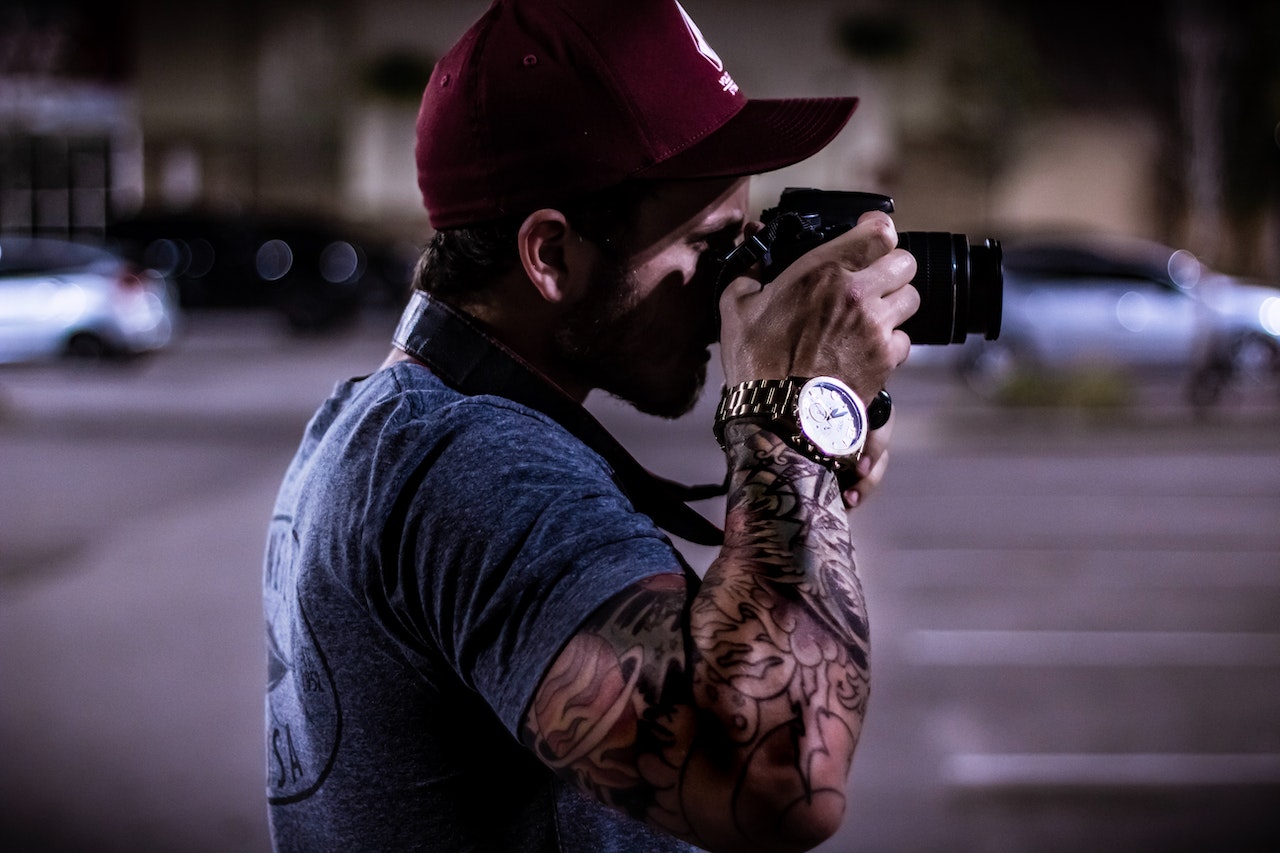
Here, we’ve listed some of the most effective action photography tips that will help you upgrade your photography skills and capture professional-quality action moments.
Choose the Right Equipment for Action Photography: Camera, Lens, and Tripod
Action photography is a technologically driven photography genre. The type of specialized equipment used to take the shot has a significant impact on the image quality. Here are some of the must-have equipment for capturing fast-moving subjects:
High-speed camera
Action photography is all about capturing high-speed action in a fraction of a second. For that, the first and most important equipment you must have is a high-speed camera.
Nikon Z9, Sony A1, Canon EOS-1D X Mark III, Sony A9 II, Fujifilm X-H2s, and Nikon Coolpix P950 are just a few of the best high-speed cameras for action photography available on the market.
Lenses/ Telephoto lens
Apart from the camera, the choice of the lens plays a great role in determining the quality of the photographs. Usually, action shot photography is done from a distance. So, a telephoto lens with a 70-300mm long focal length is an ideal choice.
Some of the popular telephoto lenses available are Canon EF 70-300mm f/4-5.6 IS II USM, Sigma 70-200mm f/2.8 DG OS HSM, Canon RF 100-400mm f/5.6-8 IS USM, Nikon Z 70-200mm f/2.8 VR S and more.
Tripods
A perfect action shot requires a steady camera to ensure clear and crisp photographs. Oftentimes, you may need to use long exposures, a slow shutter speed, or other techniques for shooting action moments where a sturdy tripod acts as a must-have equipment.
A tripod also provides excellent support for heavy lenses and allows for versatile movement and easy panning. Some of the best tripods you can use are the Benro Rhino FRHN34CVX30, Peak Design Travel Tripod, Vanguard Veo 3+ 263AB, and 3 Legged Thing Winston 2.0.
Fast memory card
You also need memory cards with fast read and write speeds, especially if you use burst mode to capture the perfect action moment.
If your high-resolution camera supports an SD card and has a burst mode of 10 fps (frames per second), the SanDisk 128GB Extreme PRO SDXC UHS-II memory card can be your best choice.
However, if your camera supports CompactFlash (CF), you can choose the SanDisk 128GB Extreme Pro CompactFlash. As numerous photos are shot in continuous or burst mode, using the highest capacity memory cards is safe so you don’t miss your perfect shot due to a lack of space.
Things Keep in Mind When Taking Action Photos
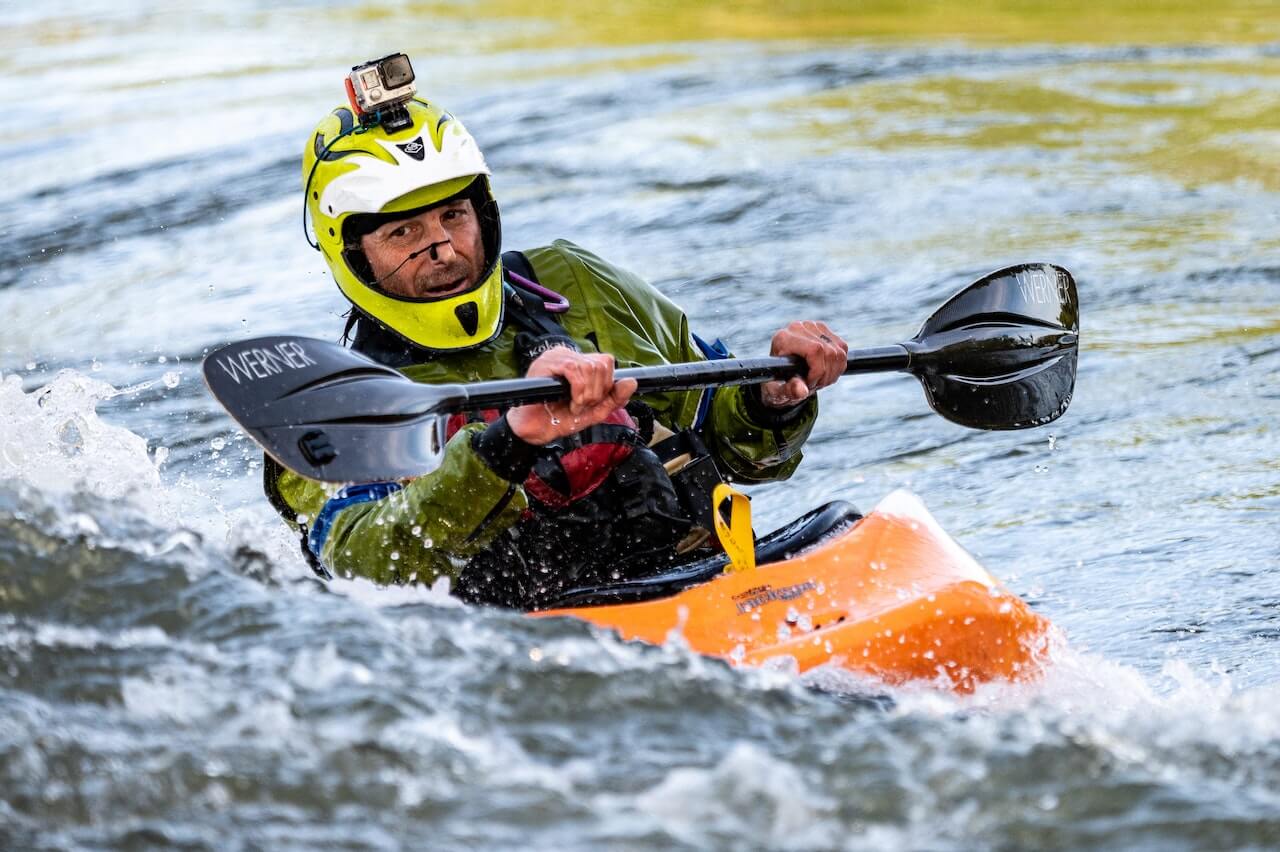
Here are some of the basic knowledge regarding camera settings, lighting, and compositional techniques you should keep in mind while shooting action photos.
Basic Camera Settings for Taking Action Shots
How perfectly you can capture a moment depends somewhat on your camera settings. Let’s learn about some of the basic camera settings you must ensure while taking action shots.
– Shutter speed / Keep that shutter speed up
For freezing a fast-moving subject, you must ensure a fast shutter speed. Although different action scenarios call for different shutter speeds, the general rule of thumb suggests that the minimum speed should be around 1/500s to 1-1000s.
However, in the case of shooting sports cars, motion blur yields better results, which necessitates a slow shutter speed. To be on the safe side, start with 1/500s and take some test shots to see if that speed produces the desired results. Depending on that, keep adjusting the speed.
– Aperture
The aperture setting controls the amount of light that can enter the lens as well as the image’s depth of field. If you are shooting in low light conditions or using a fast shutter speed, then you must use a wide aperture (smaller f-number) to let in an adequate amount of light.
You can start with an aperture of f/4 and decrease it to f/2.8 if necessary to get better results. This will isolate the subject from the background and create an amazing blur effect that gives a sense of movement to the image.
It’s not necessary that you always use a wide aperture. You can also add a dynamic feel to the image with a small aperture (larger f-number). Especially in the case of action sports photography, a smaller aperture, for instance, between f/8 and f/16 can keep the subject in focus and create an aesthetically pleasing motion blur.
Tip: If you want to avoid the hassle of setting the aperture manually, shoot in shutter priority mode. Your camera will automatically set the aperture value based on your shutter speed.
– ISO
ISO setting is another important factor as it determines the light sensitivity of a camera. The ideal ISO value varies depending on several factors, including the shooting environment, shutter speed, aperture setting, and availability of light.
In the case of an indoor sports shoot or evening wildlife shoot, if you use a wide aperture and a faster shutter speed, you have to increase your ISO value to around 400 or above. But be careful not to raise it too much, as that might create noise and make the images appear grainy.
On the other hand, in the case of outdoor daylight shooting, a higher ISO can make the image overexposed and lose important details. So, keep the ISO at the lowest setting, which is 100 in most cameras.
– Autofocus
The continuous autofocus mode (AF-C) is ideal for shooting action moments. When you are shooting a fast-moving car, bird, horse, or athlete, the smart AF-C mode of the camera detects the movement of your subject and keeps on adjusting the focus. As a result, the subject appears sharp, clear, and well-focused.
Composition / Create a compelling composition
Compositional techniques play a big role in conveying a sense of movement in action photographs and building their aesthetics.
You can try the following tips to make your composition compelling:
- Use the rule of thirds to create balance in the frame and direct the motion of the subject.
- Use leading lines to create a sense of visual flow.
- Use contextual elements, such as the background or surroundings, to add depth.
- Keep some empty space around the subject to serve as breathing space.
Understand your subject
Every subject follows a specific pattern while moving around. For instance, in sports, every player follows some specific moving patterns, be it in a race or a basketball game. Or, when a tiger locates their prey and begins to chase it, their movement style stays somewhat consistent every time.
So, understanding your subject will give you the leverage to predict and capture the moment right on time. Conduct proper research on your subject and the surrounding area before starting the shoot. This will help you learn the movement pattern of your subject.
If you are shooting motorsports, stay focused on the areas of the track that can give you the most dramatic shots of the chase, turns, overtaking, or accidents. This will give you time to prepare yourself to take the shot before it happens.
Use of Natural Light
Natural light gives the best results when shooting action moments from a distance, especially outdoors. So, when shooting wildlife, busy streets, or adventurous sports like hiking, skydiving, etc., use natural light to give your subject a realistic and naturalistic appearance.
However, using natural light is quite tricky as the intensity and color temperature keep changing over time. So, to make the best use of natural light, you must have proper knowledge of syncing the camera settings with it.
Use Flash
Flash is a great additional light source for shooting action moments indoors or in a low-light setting. Especially if you are at a close distance from your subject, you can use flash to freeze and highlight its motion.
Also, as the flash will act as a spotlight for your frozen subject, the dark background will create a dramatic contrast.
Shoot in RAW
Shooting RAW allows for more image data compared to compressed files such as JPEG, ensures original detail and color information, and provides greater post-production flexibility. Moreover, the non-destructible editing feature keeps the original data preserved so that you can revert the images to the original format at any time.
Therefore, instead of saving the photographs in JPEG or other formats, try shooting them in RAW. Although RAW files are larger and take up more memory card space, professional photographers prefer shooting in RAW over compressing files in other formats.
Post-processing Techniques
Every RAW image has certain issues with exposure, contrast, color, sharpness, or any other element. To fix all these issues, photo retouching is a must needed step.
You can use post-processing techniques to improve the color and tone of the image by adjusting the white balance, hue, saturation, tonal range, and color temperature; fix exposure by adjusting the brightness, contrast, shadows, and highlights of the image; eliminate distractions; add effects such as vignettes, color cast, etc., to add drama; and do a lot more.
Techniques for Action Photography
Sportsmen floating in midair, surfers riding waves, or mountain bikers dirt jumping moments look thrilling and fascinating at the same time. These dynamic action shots involve using a variety of techniques in terms of using specialized equipment, designing compositions, adjusting camera settings, and more.
Let’s learn some techniques that can elevate your action shots to the next level.
Freeze the Action
Freezing the action is one of the basic techniques that photographers use to capture clear and sharp images of moving subjects without any motion blur. The key to capturing the perfect frozen action moment is the use of a fast shutter speed.
Depending on the speed of the movement, the shutter speed should be determined. For example, 1/125 is ideal for capturing slow activity such as walking, 1/500 for moderately fast motion like running, and 1/1000 and higher are recommended for super fast events such as action sports. (source)
Experiment with motion blur
Motion blur is another creative way of adding a sense of motion to photographs. You can use a slow shutter speed or the long exposure technique to capture the trail of the motion. But the real challenge is identifying the ideal shutter speed that will keep the subject clear while blurring the background.
Usually, action photographers prefer to begin with a shutter speed between 1/15 and 1/60 seconds and an exposure time of 1-5 seconds for long exposure shots. Later, they keep on adjusting as per the needs of the subject.
As camera shake can make your photographs blurry, make sure to mount your camera on a tripod and use a self-timer or remote shutter release to trigger the shutter.
Try Interesting Angles
Experimenting with angles is a great technique for turning an ordinary action moment into a dynamic one. Your viewers have seen athletes jumping over bars or people walking on the street from eye level.
If you shoot these ordinary action moments from different angles, such as low angle, high angle, or bird’s eye view, your images will give the viewer a unique perspective to visualize those moments.
So, try out unusual and interesting angles to enhance the visual appeal and engagement of your photos.
Panning technique
Panning is an alternative method for creating motion blur. In this technique, you have to use a slow shutter speed and pan the camera along the direction of the movement while keeping the focus on the subject. This will result in a beautifully blurry background with a sharp subject, enhancing the frame’s sense of movement and energy.
If you are shooting a fast-moving subject such as a car, cyclist, or wildlife, start with a shutter speed of 1/100 or higher and gradually bump it down while panning the camera until the subject’s motion blends seamlessly with the background.
For panning, it’s important for the camera to have smooth movement. If the camera experiences a camera shake, the whole image will turn blurry. So, mount your camera on a tripod to ensure smooth and steady movement.
Choose Background Carefully
Selecting a clutter-free background is important to draw the viewer’s focus directly to the subject. Whether you are capturing a flying bird or a racing car, if the background has distracting elements like trees or a crowd of people, your subject won’t pop up.
Hence, make sure the background of your subject is clean to add a sense of depth and visual interest. But a clean background doesn’t mean a white wall or blank space. Include some of the surrounding environment in the frame, such as the tracks, a few players, or architecture, to give the composition context and establish a story.
Pre-focus your shot
While the action is happening, adjusting the camera settings, angle, or focus point may cause you to miss the shot of your perfect action moment. That’s why professional photographers prefer to pre-focus their shots.
To pre-focus your shot, you have to first identify the type of shot you want to capture and the place where that moment will take place. For example, if you want to capture the jump shot of a basketball player while passing the ball through the hoop, you have to lock the focus of your camera near the basket.
You can use both autofocus (AF) and manual focus modes on your camera to lock your focus. But manual focus mode will give you more control over adjusting the focus point.
Shoot in Burst mode/ continuous shooting
Action moments are spontaneous and non-recurring. Once you have missed a shot, you cannot get that moment back. So, shooting in burst or continuous mode can save you from missing the perfect shot by a millisecond.
Select the burst mode from your camera settings and hold the shutter button to take a series of images. Depending on the camera feature, some cameras can capture 5 to 10 images per second, while others can capture 60 images per second.
Note: Burst mode quickly consumes memory space, so use a high-capacity memory card and keep two or three extra memory cards on hand as a backup.
Observe the shutter lag
Shutter lag is a common issue with all cameras, no matter how high-end they are. Although cameras can take a fraction of a millisecond to a few seconds to capture the actual image after pressing the shutter button, the delay has a significant impact on action photography.
Therefore, take some test shots to identify the duration of your shutter lag. This will help you predict the best time to capture your desired moments.
Prioritize a fast shutter speed
A fast shutter speed is important to shoot freeze action photography. If you want to take sharp and blur-free action photos, it’s better to start with a shutter speed of 1/200s and gradually increase it to match the speed of your subject.
You may expect to increase the speed around 1/2000s in the case of shooting fast-moving events such as motor racing.
Use a Wide Angle Lens for Action Photography
A wide-angle lens is perfect for shooting close-up action moments. The short focal length of a wide-angle lens adds depth to the images while keeping everything in the frame in focus.
So, if you want to make your viewers feel like they are a part of indoor sports or wildlife action, use the standard 24-35mm wide-angle lens. This standard focal length range is ideal for minimizing distortion around the edge of the frame.
Challenges in Action Photography
Photographers have to face several challenges related to nature, photography equipment, location, or even photography techniques when capturing action moments. Knowing them beforehand can be a great help in overcoming them.
The following are some of the most common challenges in action photography:
Weather Conditions
Weather conditions are one of the major challenges when shooting action photos. A sudden change in weather, for instance, an overcast sky, rain, storm, snow, etc., changes the lighting condition. Also, a strong wind can cause unwanted motion blur.
Also, with the change in lighting conditions, the camera settings need to be changed, or else the images may become either underexposed or overexposed. Also, the lack of protective gear increases the risk of damaging the camera or lens in the rain.
Limited Access
Photographers often have limited access to certain locations when attempting to capture the perfect action moment. As a result, the angle or perspective that could make the action moment look breathtakingly beautiful gets missed.
Safety Concerns
Another challenge is the risk of getting injured. Action photographers travel in the wild, underwater, and unfamiliar places or join adventurous trips to shoot thrilling action moments of wildlife, marine life, stunt performers, and others.
That’s why photographers should always keep a safe distance from the action and wear protective gear to stay protected from adverse weather, wild animals, or any other type of injury.
Equipment Limitations
Photographers have to deal with technical difficulties because of equipment limitations. The lack of lens options, limited burst mode, or inability to use the precise auto-focusing feature of the camera create a negative impact on a photographer’s creativity and image quality.
Not only this, some countries or areas have restrictions on using equipment such as drones in streets or public places. Also, the FAA has imposed strict laws for flying drones, which include mandatory Remote Pilot Certification. So, photographers must also deal with limited access to photography equipment.
Dealing with High-Speed Motion
The most difficult aspect of shooting motion photography is dealing with the fast-moving speed of the subject. If the autofocus tracking, shutter speed, aperture, and exposure are not in sync, the image will have issues like motion blur, unclear details, underexposure or overexposure, and so on.
So, proper knowledge of camera settings, lighting conditions, equipment, photography techniques, and hardcore practice is necessary to cope with high-speed issues.
FAQs
What is are the best camera for action photography?
There are numerous camera brands and models available offering cutting-edge technology, fast burst rates, precise autofocus, and other features suitable for action shots. Among them, some of the best action photography cameras are Nikon Z9, Canon EOS R3, Sony A1, Canon EOS-1D X Mark III, Canon EOS R7, and more.
What is are the best lenses for action photography?
Some of the best lenses for action photography are the Canon EF 70-200mm f/2.8L IS III USM, Nikon AF-S DX 18-300mm f/3.5-6.3 ED VR Zoom Lens, Sony E 70-350mm f/4.5-6.3 ED G OSS Zoom Lens, or Nikon AF-P FX 70-300mm f/4.5-5.6 ED VR Zoom Lens.
What makes a good action photo?
Making a good action photo requires the right choice of equipment like a high-speed camera, tripod, telephoto lens, fast memory card, and proper camera settings such as aperture, fast shutter speed, precise autofocus, ISO, and others.
Who is the best sports action photographer?
There are numerous talented sports action photographers from whom you can take inspiration. Among them, Chris Burkard, Michael Willson, Dave Lehl, Adam Kokot, and others are the most popular.
Conclusion
Action photography is a complex yet rewarding photography genre that can help photographers improve their skills. It helps photographers improve their reflexes, gain a better understanding of camera settings, develop composition ideas, and much more.
So far, you have learned about different tips and techniques related to necessary equipment, camera settings, compositional ideas, things to be aware of, and a lot more. People love to see photographs that excite them. So, the future of action photography looks promising as its demand continues to rise.
Hope the things you have learned from this article will help you improve your photography skills. So what are you waiting for? Grab your camera and start creating some amazing action shots.

